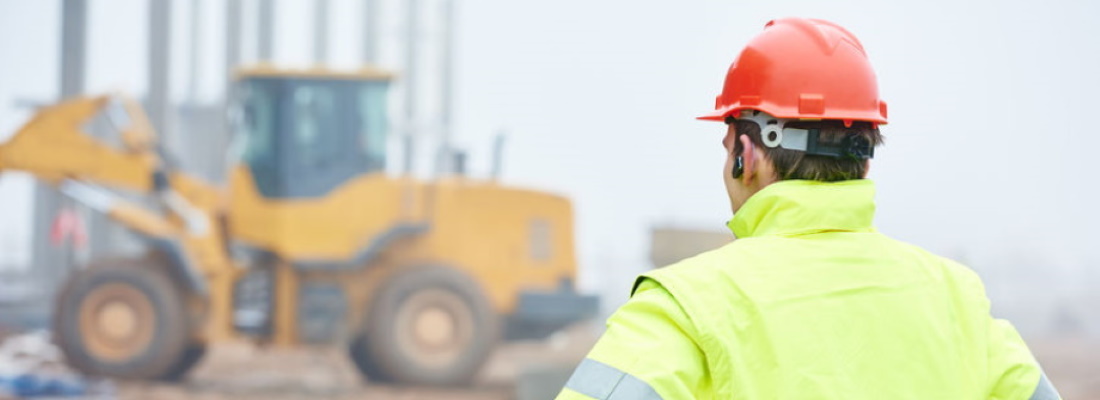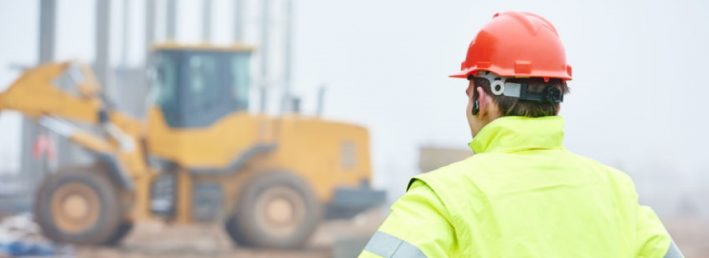When you think of a building site, it’s easy to picture a half-completed building with workers navigating around. We tell our children how unsafe these places are and rightly so. But, why is health and safety so important on construction sites?
Health and safety considerations
Before any project can begin, health and safety is a huge consideration for construction workers. It’s vital that all aspects of safety have been taken into account before any worker steps foot on the building site. The industry lends itself too easily to hazardous situations and construction sites are dangerous places to be. Injuries in the workforce are costly both in terms of finances and on morale among the team. This is why health and safety is so important.
Construction injuries
There are an alarming number of deaths and injuries in the construction industry. The vast majority of these fatalities occur as a result of falls, slips and trips. Many workers also sustain injuries through falling from a height, handling and lifting. There are two ways to help prevent the occurrence of accidents:
- Training – lots of construction site accidents happen because there hasn’t been adequate training on tasks before a project begins. With effective training, employees will know the risks they are undertaking and will work to reduce these risks.
- Tools – ensuring the correct safety tools makes a huge difference in avoiding accidents. Things like safety clothing and harnesses can dramatically reduce workplace risks.
Not just accidents
Accidents happen on construction sites but construction workers also have susceptibilities to illnesses related to their work. These illnesses include dermatitis, occupational deafness, carpal tunnel syndrome and vibration white finger. These are illnesses that develop over time due to factors like inhaling dust, using vibrating tools and being exposed to loud noises over time. Many also worry about occupational cancers from exposure to silica or asbestos, for example.
Despite the plentiful risks, many of them can be reduced significantly if appropriate health and safety procedures are in place on construction sites.
Responsbile businesses
If a business isn’t aware of the right health and safety practices, it’s likely that they will be breaking the law. Businesses can receive fines, be sued or receive bans depending on the risks they took. If the Health and Safety Executive (HSE) find out that a site isn’t meeting the regulations they can take action. Also, employees can take action when they feel they haven’t had adequate health and safety training by informing the HSE.
Benefits to business
Health and safety is obviously a priority to avoid injuries but there are also other benefits in the long term that businesses can gain from.
With the correct procedures for health and safety in place, employees are happier in their jobs. When employees are confident and have the right tools they will be more productive. Also, with fewer injuries and illnesses, there will be fewer working hours lost and more profit gained. Additionally, the business will have a good reputation, will gain more business and will hold on to its employees.
Not just the employees…
Construction managers’ responsibilities don’t end with their workers – they also have a duty to protect members of the public as they pass by the building site. If health and safety measures haven’t been well thought of on a construction site, passersby can be affected and injured. The repercussions for the individuals and the company are massive, which is why health and safety procedures are paramount.
How does poor health and safety impact a business?
If a company doesn’t address the many health and safety issues of the construction industry by implementing failsafe procedures, they take a costly risk.
First of all, the company can lose a huge amount of productivity and working hours, which will affect profits. Illnesses and injuries are more likely to occur when measures for health and safety are not followed. Injuries and illnesses reduce how much time a person is able to work, which again, means lower profits.
There are also huge legal implications. If a company fails to maintain the health and safety of its workers, the company risks fines from the Health and Safety Executive or worse – a complete ban on being able to operate at all. Companies might also face being sued if anybody is injured on a building site when there has been a lack of appropriate health and safety measures.
The importance of scaffolding
When people think about construction sites, they often picture scaffolding. Scaffolding is one of the most widely used aspects of construction and is vital to safe construction.
Scaffolding is erected right at the start of a project and is a platform offering support and elevation. Essentially, it allows workers to do their work and carry materials more easily. So, what are the key reasons behind the use of scaffolding:
- Efficiency – scaffolding gives workers a platform that is both secure and safe for them to do their work. It means they get jobs done more quickly, more easily and often more safely.
- Safety – working with heights always has elements of risk. With scaffolding, workers have a secure setting to do the tasks in hand.
- Access – scaffolding means builders and designers can be more creative in their builds as they know they can access parts of a building that might otherwise be difficult to reach.
Concluding thoughts
Although health and safety procedures can take time to introduce, develop and implement, they are invaluable for a safe working environment. It is simply not worth risking the health and safety of employees and passersby with poor health and safety practices. Having robust systems means that the workforce is safe and happy and the business is profitable.


